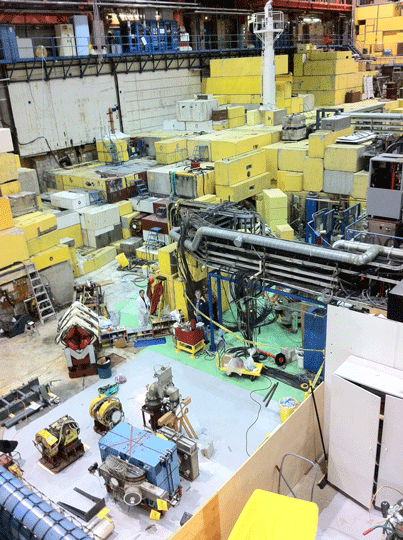The Magic of Apple is really about the Magic of Design
 Sunday, April 24, 2011 at 3:52PM
Sunday, April 24, 2011 at 3:52PM The iPad came out last year and since then I have counted over 300 articles, commentaries and newspaper reports on both Apple as a company and as a cultural phenomenon with the iPad as the focus. I am sure that I have missed many hundreds more.
Most of the articles talk about Apple having a “magic touch” or “they seem to be magically aware of what consumers want.” Financial writers and researchers talk about a company whose valuations have gone into the stratosphere. The stock which just a few years ago was thirty dollars is now worth over 350 dollars.
So, what is all this magic about? I would like to suggest that there is only a little bit of magic and a great deal of wisdom. The wisdom is drawn from Apple’s intense connection to Design processes best exemplified by the central role played by Jonathan Ive, a graduate of the Royal College of Art and Senior Vice-President of Industrial Design at Apple. Ive is responsible for many of Apple’s innovations, including the iPad.
Design both as a profession and as a creative activity is not well understood. This has a great deal to do with the narrow base of knowledge of most commentators, but also reflects a general lack of comprehension about the role of the creative economy in the 21st century.
For many, Design is “just” a craft, for others Design seems to be connected to architecture and engineering. For me, Design is about knowledge, knowledge production and the integration of knowledge into every aspect of how a company, community and learning institution works. Design is very much about putting intelligence into objects (see the work of James Dyson) as well as brokering relationships among creative people, entrepreneurs, outputs and audiences.
Designers often act like ethnographers. They learn how to examine everything from managerial processes in companies to how the best conditions for creative innovation can be generated from different clusters of people working within varied and often dramatically dissimilar contexts.
Most people work or live among clusters of people and for the most part, clusters are like networks. It is always a challenge to understand how information and intelligence flows through networks and designers are uniquely equipped to comprehend not only flow but the translation of relationships into productive innovation.
Apple from the start has always emphasized design not only to make computers look better, but also and more importantly in order to better understand how people use computers. This is why the Apple graphic user interface remains among the friendliest of any computer company and also why their mobile operating systems are transparently easy to use. Android comes close but only because they have copied Apple’s strategies. So, the magic of Apple is actually carefully designed and is evidence of some brilliant strategic choices, quite the opposite of the accidental. Good innovation most often gains its strength from good design, something Apple understood many years ago.




